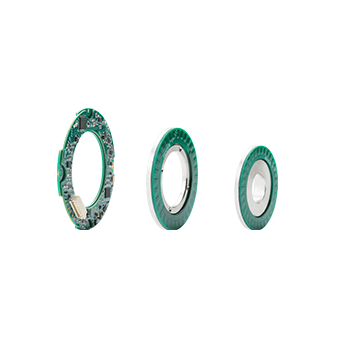
Robots possess fundamental characteristics such as perception, decision-making, and execution capabilities. These attributes enable them to assist or even replace humans in carrying out dangerous, heavy, or complex tasks, thereby improving work efficiency and quality, serving human life, and extending or expanding human activities and capabilities.
Robots encompass three essential elements: a "brain," "hands," and "feet." They are equipped with both non-contact sensors (to receive distant information similar to eyes and ears) and contact sensors, in addition to sensors for balance and proprioception. These allow robots to perform tasks with their hands, move with their feet, and execute unified commands through their brain. The non-contact and contact sensors function akin to human senses, enabling the robot to recognize its external environment, while balance and proprioception sensors are essential for perceiving its own state. Thus, sensors are pivotal components for controlling the position, orientation, and movement of robots.
High demand for operational reliability
Higher demand for repeat precision
Compact size offers a wider range of motor options
Low energy consumption for improved operational efficiency
Industry-standard output signal options
Repeat precision <±3 arc seconds
Wide resolution range
Multiple size options, with straight and tapered shafts available
Low-noise operation
Low rotat













